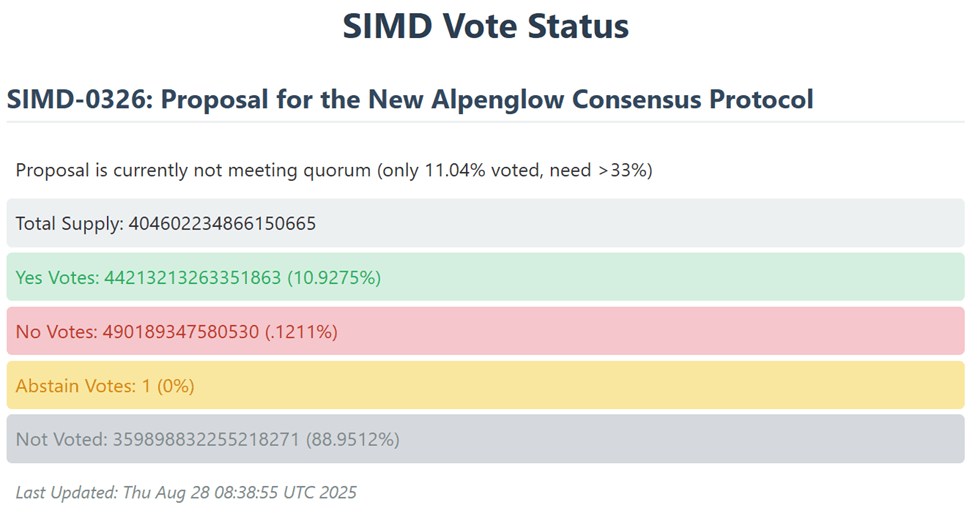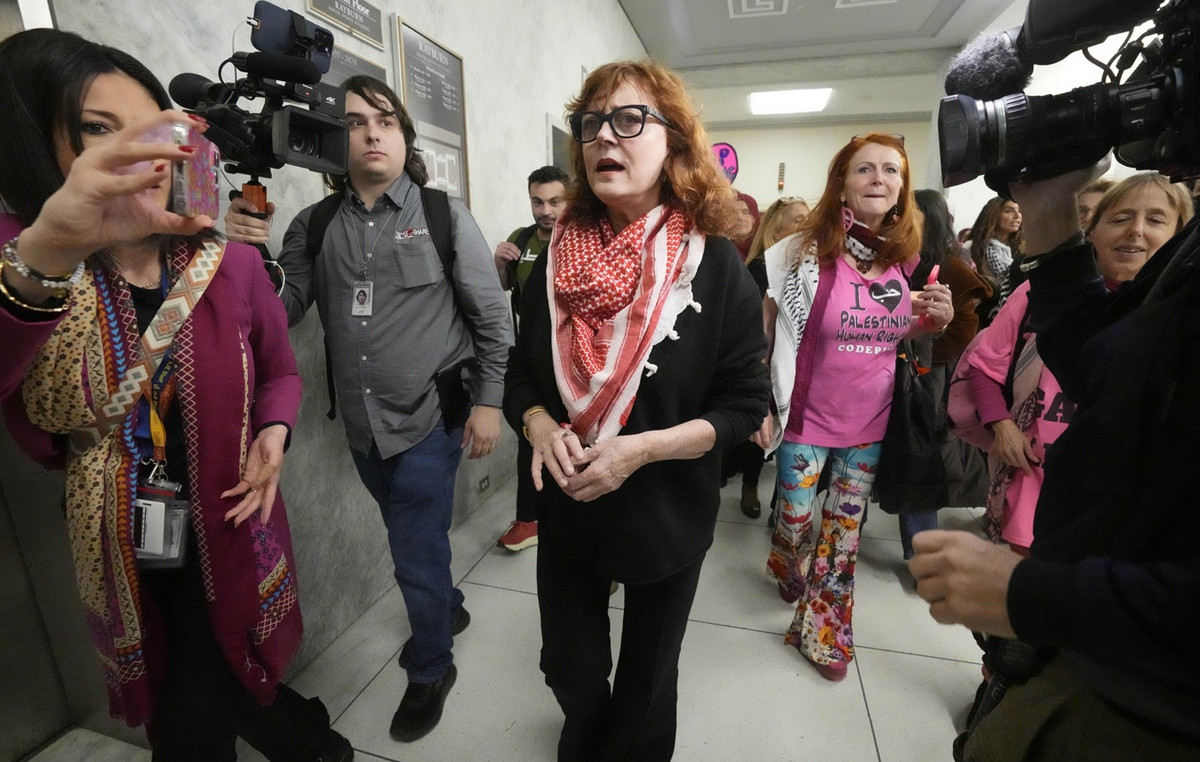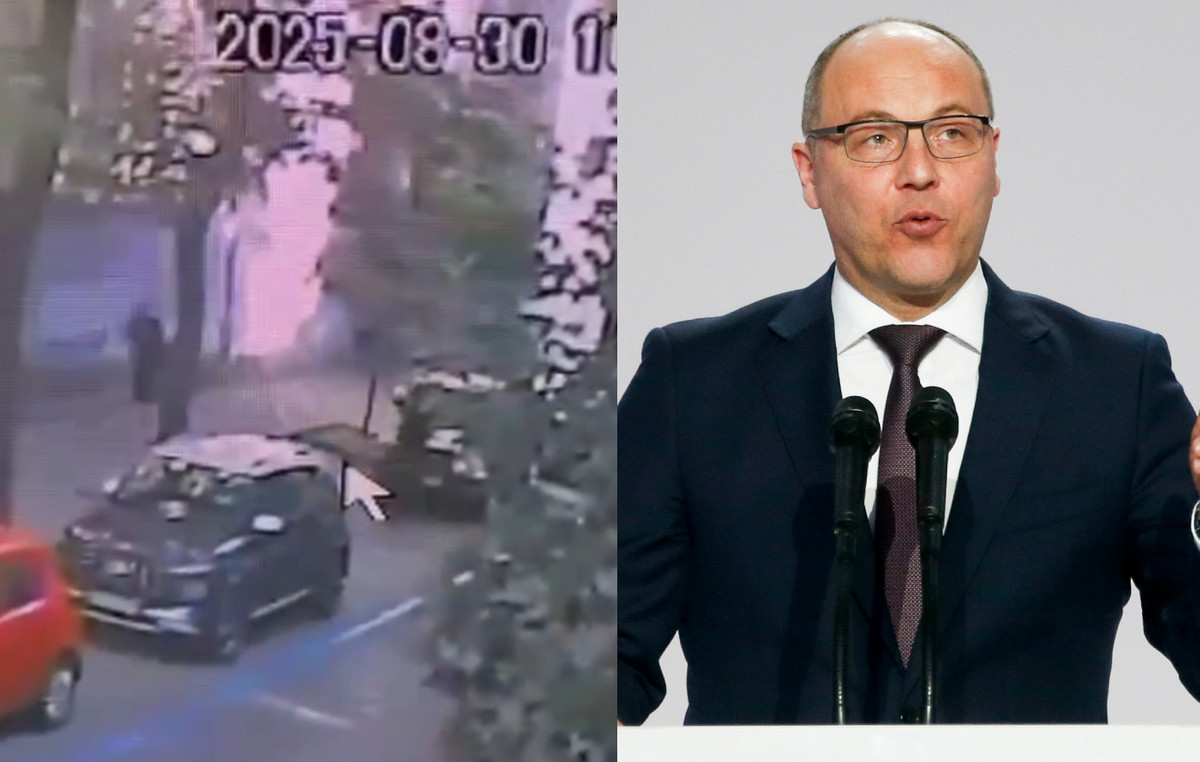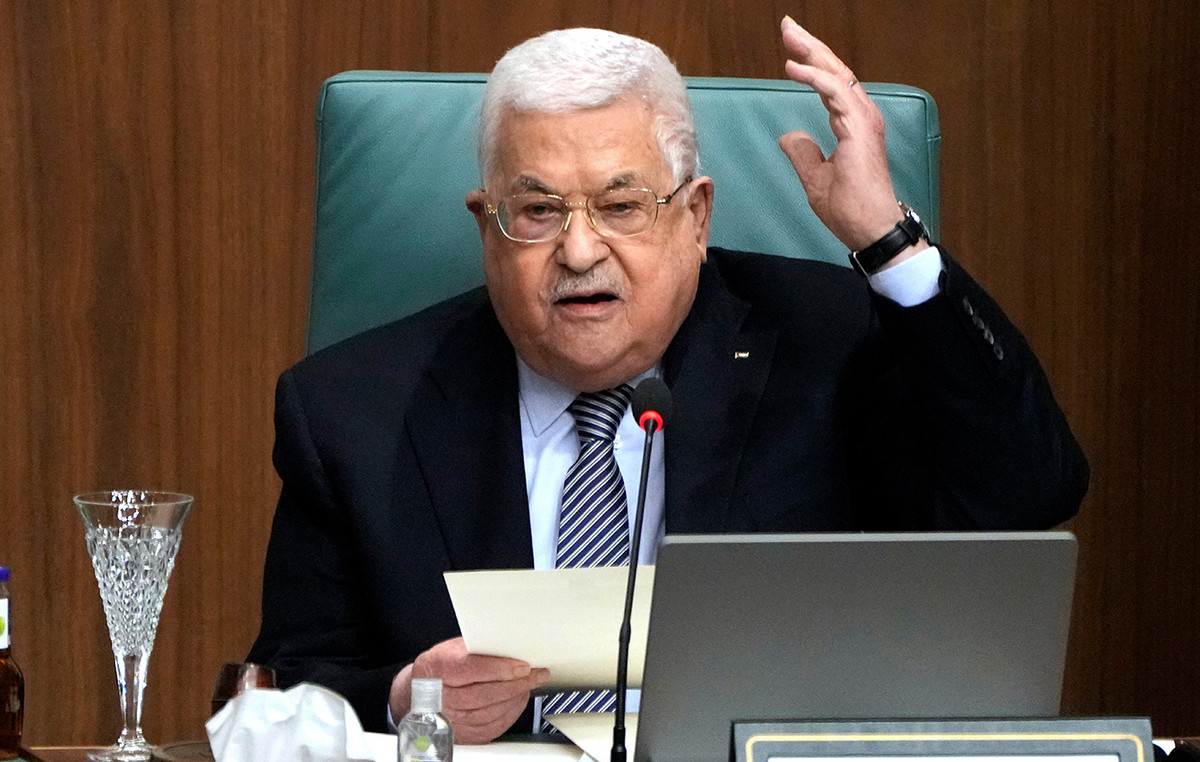SOLANA network participants began to vote for updating Alpenglow (SIMD-0326), which can be the largest change in the history of the network. More than 10% have already supported him. To take at least 33% of the quorum and two -thirds of the vote.
Alpenglow update: What users need to know
The community considers Alpenglow the most ambitious update from the moment of launch of SOLANA. It will replace the old Proof-OF-History (POH) and Towerbft system and introduce the modern architecture of consensus with almost instant finalization of blocks. The SOLANA Floor platform called it the most significant change in consensus in the history of the network.
Now TowerbFT requires about 12.8 seconds to finalize the block, and Alpenglow will reduce this time to 100-150 milliseconds, which is comparable to Web2 applications.
Alpenglow is based on Votor, a light protocol of direct voting. In Votor, the validators complet the blocks in one or two rounds depending on the conditions of the network. Exchangeing voices directly and using cryptographic aggregation, validators can quickly reach a consensus with lower network costs. This reduces traffic, which has long been a narrow place.
The transition is due to the problems of performance and safety in the current SOLANA model. Towerbft does not guarantee security and has long -term delays in finalization, which makes the network vulnerable to reorganization and performance deterioration.
Alpenglow solves these problems with:
- “20+20” failure tolerance: The network continues to work, even if 20% of the validators behave maliciously, and another 20% fail.
- Economic justice: Validators pay a validation ticket (VAT) in 1.6 SOL for the era, which guarantees their interest and prevents “stowatable travel”.
- Voting outside the network: The lack of voting transactions for each slot reduces expenses and saves traffic.
The structure of remuneration is also changing. Leaders who aggregate voices now receive the same rewards as the validators. A bonus is provided for creating certificates of finalization, which coordinates incentives and reduces overhead.
Schedule and voting process
The voting process is organized around the SOLANA eras:
- Era 833–838: Discussion period
- Era 839: Publishing the scales of steak
- Era 840–842: distribution and voting tokens
Validators will use the JITO tool to receive voting tokens, which can be sent to the addresses, “against” or “abstained”. The proposal will be accepted if the votes “for” amount to at least two -thirds of the total number of votes “for” and “against”, subject to the achievement of the quorum. Oachin-data show that the update supported more than 10% of the validators.

If the proposal is accepted, Alpenglow can change the competitive position of SOLANA in the first -level blockchain race (L1). With a reduction in the finalization time of to less than 200 ms, developers and traders can see a blockchain in SOLANA, which finally corresponds to the Web2 speed, without sacrificing decentralization.
Be in the know! Subscribe to Telegram.
Source: Cryptocurrency
I am an experienced journalist and writer with a career in the news industry. My focus is on covering Top News stories for World Stock Market, where I provide comprehensive analysis and commentary on markets around the world. I have expertise in writing both long-form articles and shorter pieces that deliver timely, relevant updates to readers.







